Wild Colonial Boy
Hero Member
- Sep 7, 2013
- 599
- 834
- Detector(s) used
- equinox 800
- Primary Interest:
- All Treasure Hunting
Hello
Just Found at a NY 1700" saw mill site
a young bust KGII (1729 -1739)
Can’t tell if George II half penny is an English coin or a an American forgery
The “Britan”. The “N” is outside 28mm diameter of coin
So many made and so many copies
any advice or help much appreciated
The coin is very thin also
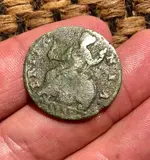
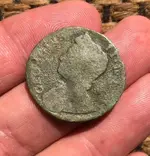
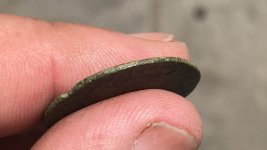
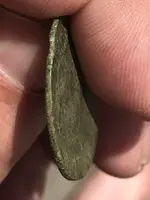
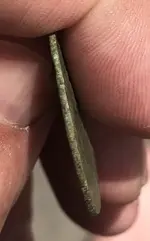
Just Found at a NY 1700" saw mill site
a young bust KGII (1729 -1739)
Can’t tell if George II half penny is an English coin or a an American forgery
The “Britan”. The “N” is outside 28mm diameter of coin
So many made and so many copies
any advice or help much appreciated
The coin is very thin also





Amazon Forum Fav 👍
Last edited:







